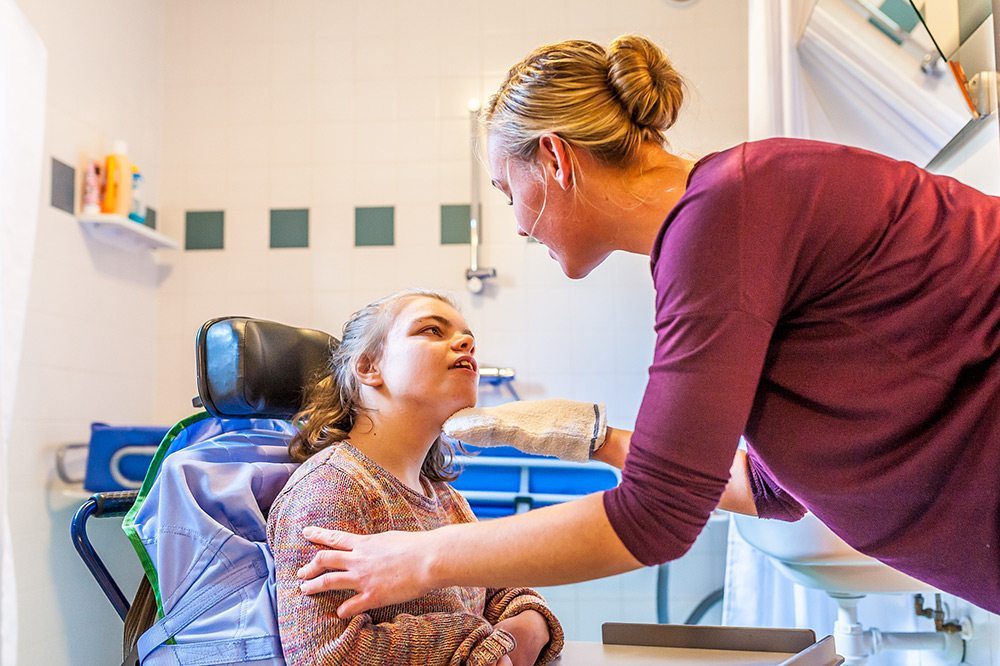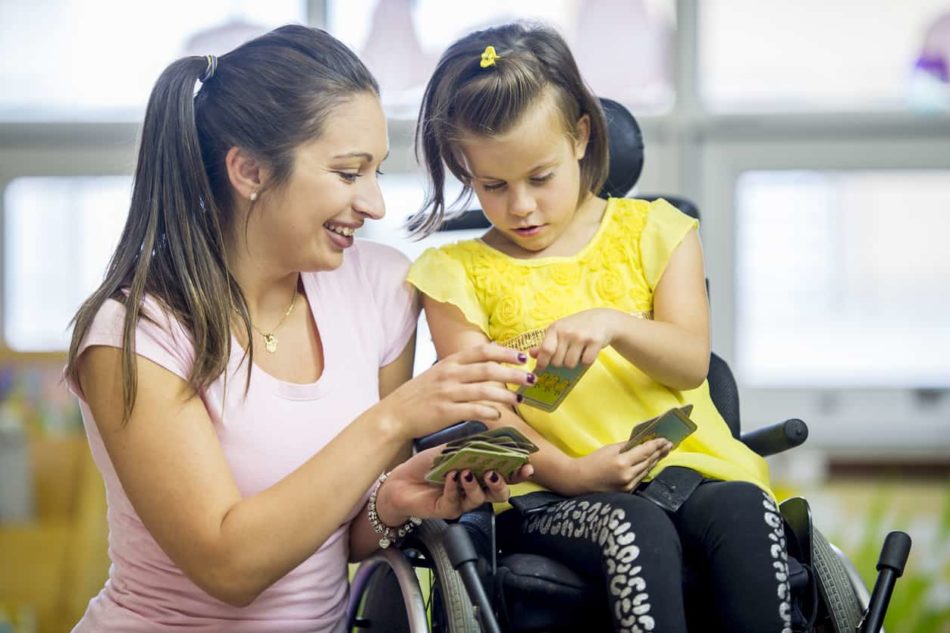Cerebral palsy
Causes of Cerebral Palsy
Antenatal causes
Infections in mother like rubella, herpes cytomegalovirus toxoplasmosis increases the risk of cerebral palsy
Perinatal causes
Hypoxia occurring during birth or after birth can also lead to cerebral palsy. Preterm children and low birth weight (<1500 gm) have increased risk.
Post natal causes
Injury to brain, meningitis and encephalitis and jaundice.
all children are special
Drug Therapy
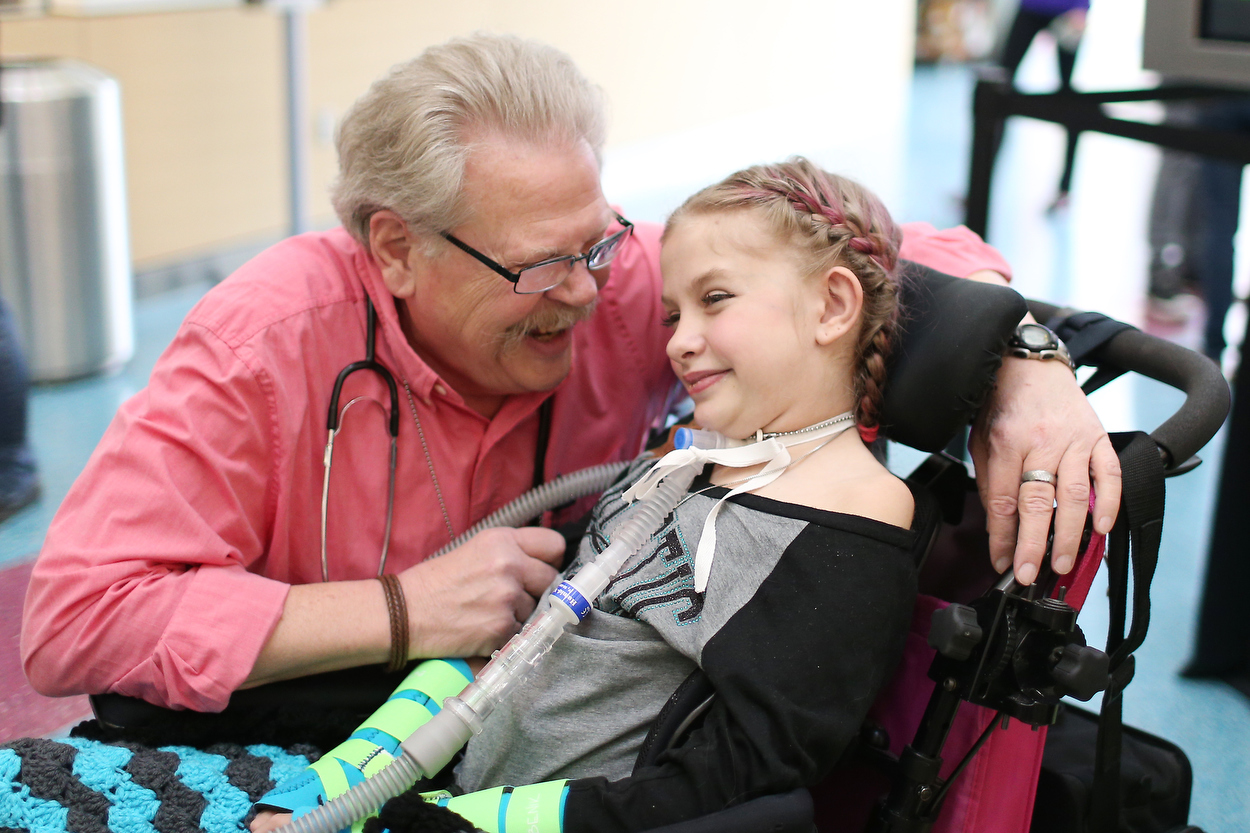
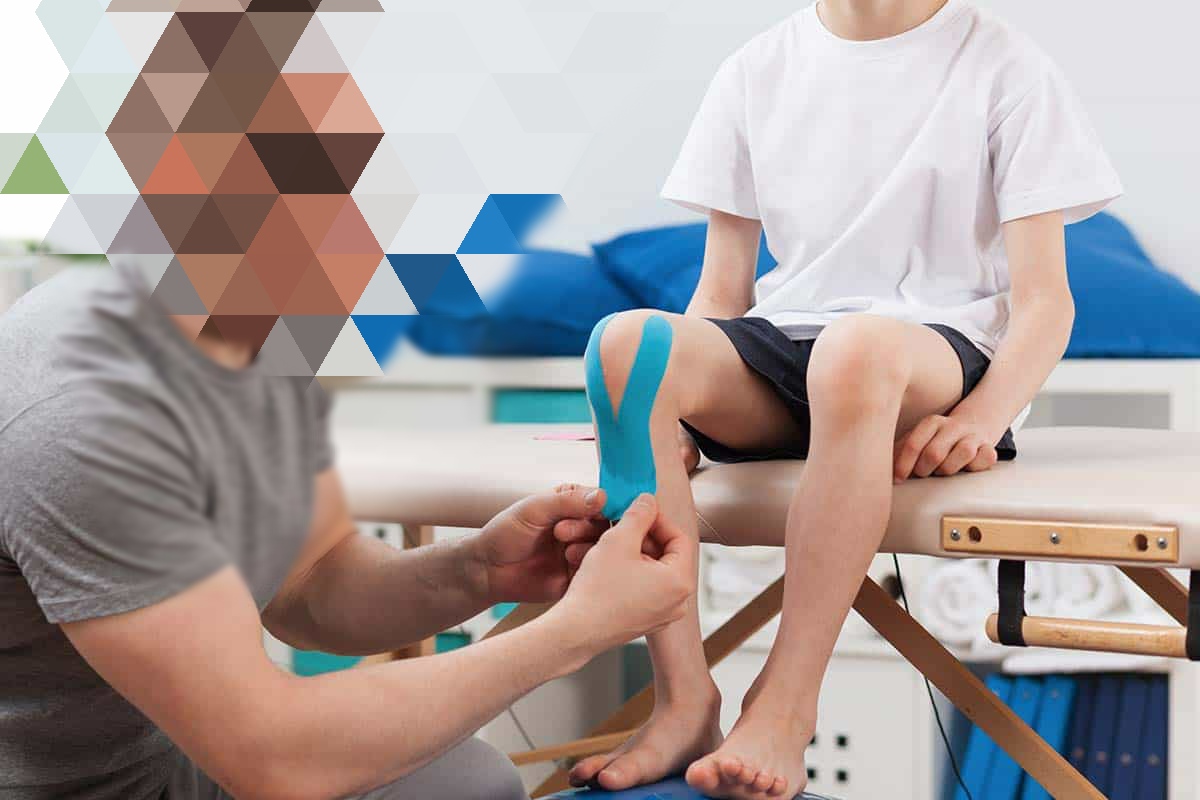
Orthopedic Management
The goals of orthopedic surgery in a non ambulatory patient are well reduced stable hips and straight spine with good hand function. The goals of orthopedic surgery in a walking child are stable plantigrade feet, straight knees and stable hips. The problems that frequently need treatment are
Occupational Therapy
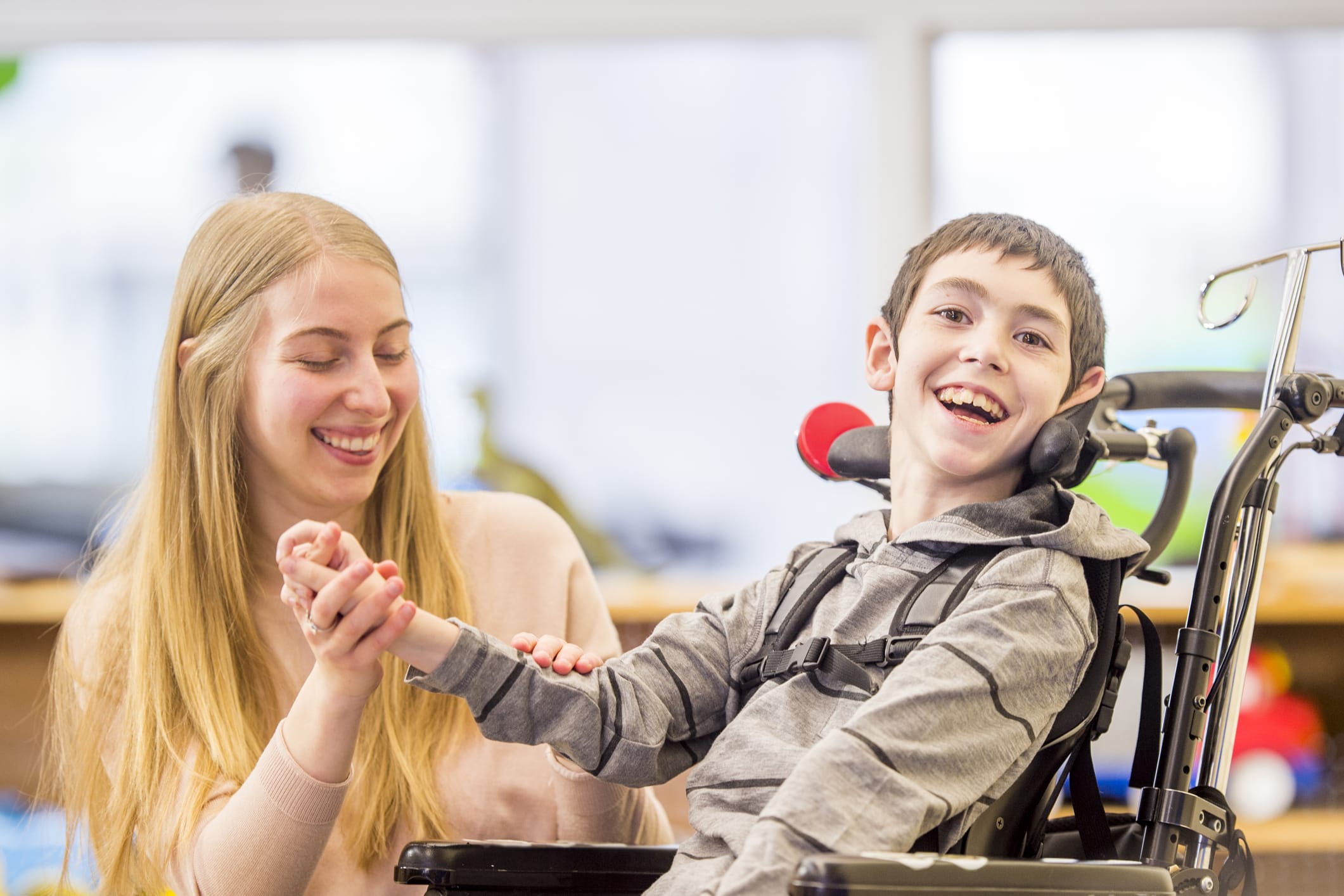

Physiotherapy
Physical therapy should usually begin within the first few months of life once the diagnosis of cerebral palsy is suspected. A physical therapist improves the development of the large muscles of the body, such as those in the legs, arms and abdomen. They use specific sets of exercises to help the child learn to stand, walk, use a wheelchair. Neurodevelopmental therapy is fast becoming popular and forms the mainstay of therapy. It is used to decrease spasticity, strengthen underlying muscles, and teach proper or functional motor patterns. These exercises help in preventing musculoskeletal problems. Also, physical therapy will help avoid contractures, in which muscles become fixed in a rigid, abnormal position.
Vision Therapy


Speech and Language Therapy
MAKE AN APPOINTMENT
We conducted a camp at KEM hospital pune along with Clubfoot medical foundation and Dabake trust. We plan to Operate these children at concessional charges.
— Dr Sameer Desai (@drsameerdesai) April 25, 2019

